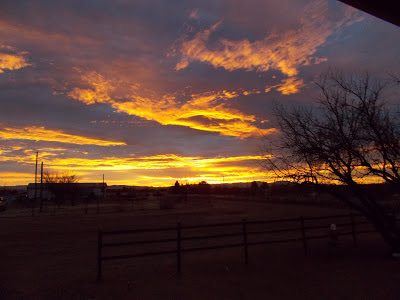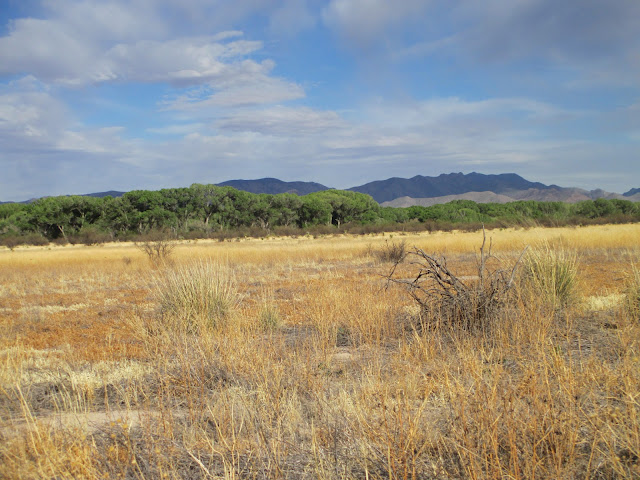This week we have had the opportunity to take nature walks daily in the desert southwest. Arizona is a land of rich diversity, compounded by its diverse altitudes. This past week we visited Arizona and made a week-long nature study. Here begins a series of nature blog entries devoted to what we experienced and learned.
The following chart shows a sampling of the different climate and habitat types that exist in Arizona based on the altitude and latitude within the state.
Today's focus for this blog entry will focus on flora and fauna of the grasslands of southeastern Arizona. I think the place we were staying was the Mesquite Grassland, with visits to the Semi-Desert Grasslands.
Outside the door where we were staying wass a mesquite tree. It was quite the chirping tree for this property. Below it there was a sugar-water feeder for the native orioles. Below that is a water jug, the type poultry farmers use, to provide water for the local avies.
On the patio from which the above photo was taken, to the right of the bell there is a hummingbird feeder which gets a lot of activity at times.
Beside that feeder is a swing for the dominant male hummingbird, where he occasionally sits.
The sunrises here are spectacular!
The focus of our first Arizona nature study is the flora of the Mesquite Grassland area, an area south of Tucson, south of Sierra Vista, almost to Mexico, an area near Ft. Huachuca. Although it is south of Tucson (south usually meaning hotter), the Huachuca City area of Arizona is actually cooler than Tucson, owing largely to its higher elevation. Like Denver, it is almost a mile high!
The fields appear grassy, but they are full of prickly things. The tree line in the distance indicates a river flowing there. Here is a description of this area:
Plants native to this area include occotillo (blooms with a bright orange flower at the top),
prickly-pear cactus, long brown grasses,and various types of yucca.

We also saw our share of various types of cholla
and agave.
There is also jojoba, an important plant for grazing animals that live (and hide) in this desert grassland area.
I did not do an exhaustive study, but rather bring to you what I was able to observe. Next entry will be the fauna of the desert /mesquite grassland area.

















No comments :
Post a Comment